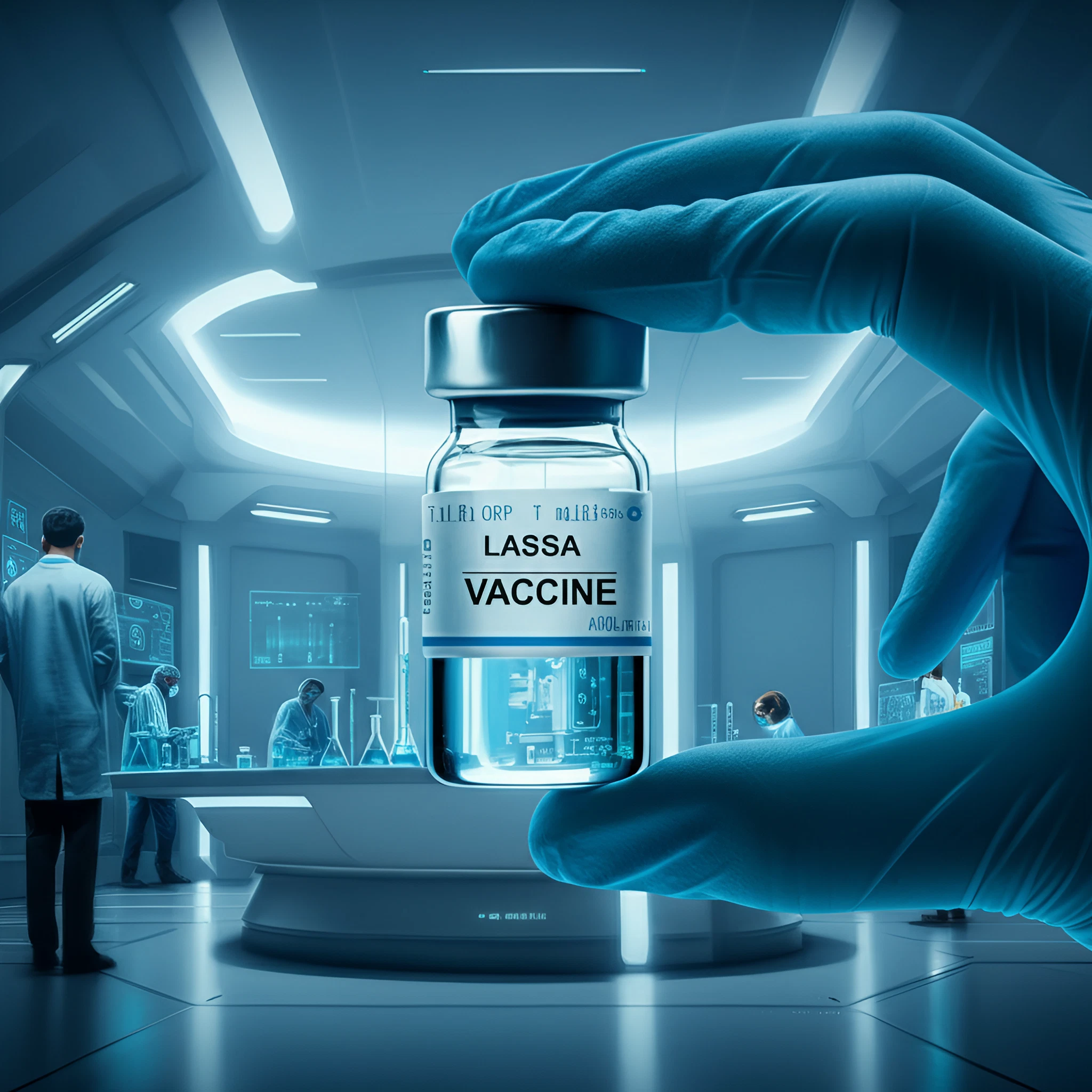The National Institutes of Health (NIH) has launched a groundbreaking clinical trial for a candidate vaccine to prevent Lassa fever, a potentially fatal viral hemorrhagic disease. This initiative marks a significant step forward in the fight against a virus that currently has no approved treatments or vaccines.
What is Lassa Fever?
Lassa fever is a disease caused by the Lassa virus, an arenavirus spread primarily through contact with multimammate rats found in West Africa. It can also spread from person to person. The disease can be fatal, and even survivors face severe health consequences, with approximately one-third experiencing permanent hearing loss.
About the NIH-Sponsored Trial
The clinical trial, led by NIH’s National Institute of Allergy and Infectious Diseases (NIAID) in partnership with the University of Maryland School of Medicine, will test the safety and effectiveness of a vaccine candidate known as LASSARAB.
The trial aims to enroll up to 55 healthy adults aged 18–50 years. Participants will receive two doses of the vaccine, administered 28 days apart, and their immune responses will be closely monitored. For comparison, a control group will receive an FDA-approved rabies vaccine.
According to Dr. Jeanne Marrazzo, NIAID Director, “The progression of this candidate from the lab to a first-in-humans clinical trial is a promising step towards a vaccine to prevent Lassa fever.”
What is LASSARAB?
LASSARAB is an innovative vaccine that builds on advancements in rabies vaccines. Developed at Thomas Jefferson University with funding from NIH, LASSARAB combines inactivated rabies vaccine proteins with a Lassa virus surface protein known as the glycoprotein precursor complex (GPC).
Research published in 2024 demonstrated that LASSARAB provided complete protection to nonhuman primates exposed to high doses of the Lassa virus. If proven effective in humans, the vaccine candidate could potentially protect against both Lassa fever and rabies.
Implications for Public Health
If successful, this vaccine could transform public health outcomes in Lassa-endemic regions, offering hope to millions of people at risk. Additionally, it may pave the way for future vaccine development against other viral diseases.
Learn More
For clinical trial details, visit clinicaltrials.gov (identifier NCT06546709).
Stay up to date with advances in medical research by visiting NIH’s website at www.nih.gov.
NIH – Turning Discovery Into Health
This article is intended to inform public health officials, medical professionals, and the general public about the NIH-sponsored trial of the Lassa vaccine.
Image Suggestions for the Article
- Lassa Virus Micrograph
A scanning electron micrograph showing Lassa virus budding off a cell. This can visually introduce the virus causing the disease.
- Vaccination Concept Illustration
A conceptual image of a vaccine syringe with molecules or particles representing viruses. This symbolizes the idea of “preventive medicine.”
- West African Map with Disease Focus
A map highlighting West African countries affected by Lassa fever, raising awareness of the geographic scope of the disease.
- Laboratory Research Image
Scientists working in a lab setting, emphasizing the research and development efforts behind the vaccine.
If you require visual assets, feel free to request illustrations for any of these suggestions!








